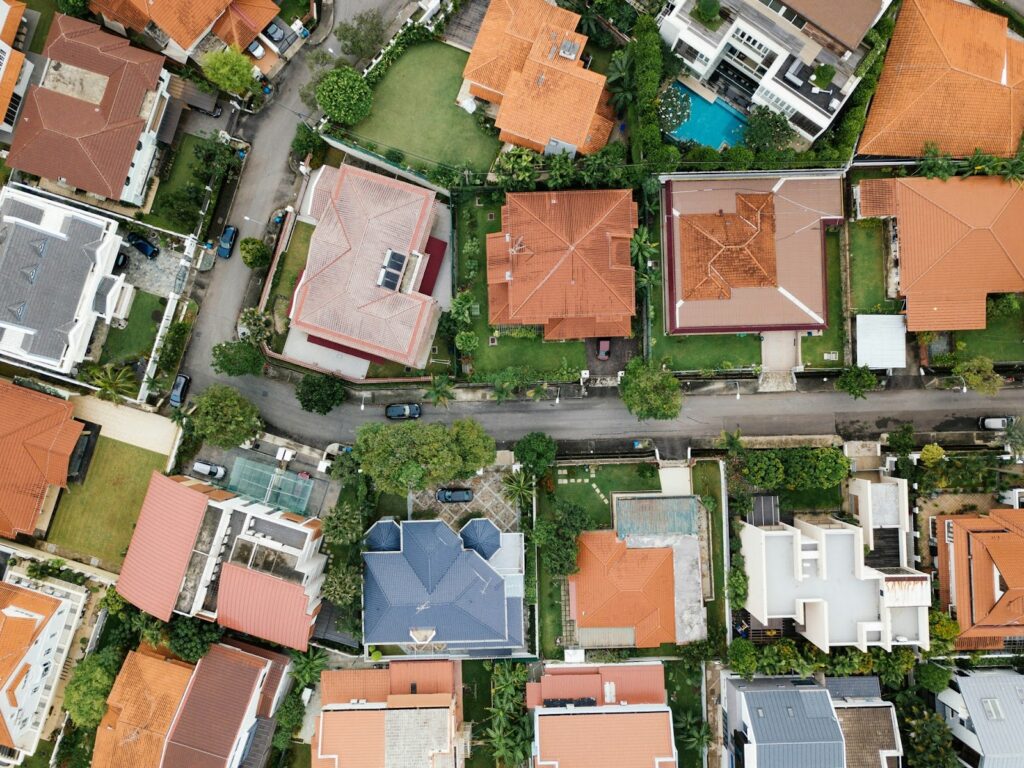Home Building 101: How to Ensure Durability, Aesthetics, and Long-Term Value
Building a home is one of the most significant investments many individuals will make in their lifetime. It’s not just about creating a place to live but ensuring that this place meets the highest standards of durability, aesthetics, and long-term value. Whether you’re a first-time homeowner or looking to build your dream house, understanding the essential elements of home construction can make all the difference. This guide will walk you through the critical aspects of building a home, from selecting the right materials to incorporating sustainable practices, ensuring your investment stands the test of time and trends.
Selecting High-Quality Materials
The choice of materials plays a pivotal role in determining the durability and aesthetics of your home. Opt for high-grade materials like treated wood, reinforced steel, and weather-resistant roofing to ensure your house can withstand environmental pressures. While these often come with a higher upfront cost, they offer longevity and reduced maintenance expenses over time.
The materials you select impact the overall look and feel of your home. For instance, choosing natural stone for exterior facades or hardwood for flooring can enhance the aesthetic appeal, adding a timeless elegance. Consider materials that match your personal style and the architectural design of your home to create a cohesive and inviting atmosphere.
Employing Skilled Labor
Equally important to the quality of materials is the expertise of the labor working on your project. Hiring skilled craftsmen and experienced builders can prevent common construction errors, ensuring quality workmanship. Verify credentials, seek references, and review past projects to make informed decisions when selecting your team.
Skilled labor can help implement more complex design elements and innovations seamlessly into your home construction. Their proficiency not only ensures a smoother building process but also guarantees that the intricate details contributing to the home’s aesthetic and structural integrity are expertly executed. Whether you need a luxury home builder in greater Vancouver or a sustainable design specialist in California, invest in high-quality labor to build a home that exceeds expectations. It’s a decision that will pay off in the long run.
Planning for Energy Efficiency
Incorporating energy-efficient solutions in your home design can significantly reduce long-term costs and environmental impact. Installations like solar panels, energy-efficient windows, and proper insulation help lower energy consumption. These choices not only lessen your utility bills but also increase your home’s appeal to environmentally conscious buyers in the future.
Another critical aspect of energy efficiency is the inclusion of smart home technologies. Automated systems for heating, cooling, and lighting can optimize energy use based on your daily patterns, ensuring energy is consumed judiciously. Planning for these technologies during construction allows for seamless integration and maximizes their effectiveness.
Ensuring Structural Integrity
The foundation and structural framework of your home are pivotal to its long-term durability. Invest in soil testing and proper foundation-laying techniques to prevent future issues related to settling and shifting. Incorporating advanced engineering principles and materials can further enhance the structural stability of your home.
Regular inspections during the building process are also essential to ensure each phase of construction adheres to safety and quality standards. Addressing any issues promptly can prevent minor problems from escalating into significant structural failures, thus preserving the integrity and value of your home.
Integrating Sustainable Practices
Building sustainably doesn’t just benefit the environment; it also adds value to your property. Use eco-friendly materials like bamboo flooring, reclaimed wood, or recycled metal to minimize your environmental footprint. Additionally, design elements like rainwater harvesting systems and green roofs contribute to a sustainable lifestyle.
Beyond material choices, sustainable practices also encompass waste management during construction. Implementing strategies to reduce, reuse, and recycle construction debris can significantly diminish the overall waste produced, aligning with eco-friendly building goals. These efforts resonate with growing buyer preferences for sustainable homes, enhancing market value.
Incorporating Modern Design Trends
Keeping abreast of modern design trends can infuse freshness and contemporary appeal into your home. Open floor plans, minimalistic interiors, and indoor-outdoor living spaces are highly sought after in today’s market. These trends not only improve the livability of your space but also ensure it stays relevant and attractive over time.
Natural light is a critical element in modern design. Strategically placing large windows, skylights, and glass doors maximizes daylight inflow, reducing artificial lighting needs and creating inviting spaces. Contemporary designs also emphasize multifunctional areas, allowing spaces to serve multiple purposes and adapt as your lifestyle evolves.
Building a home that stands the test of time requires careful planning, high-quality materials and labor, sustainable practices, and incorporating modern design trends. By considering these essential elements, you can create a durable, aesthetically pleasing, and valuable investment that you can be proud of for years to come. Remember to consult with professionals and do thorough research during the decision-making process to ensure your home construction is in line with the highest standards.





